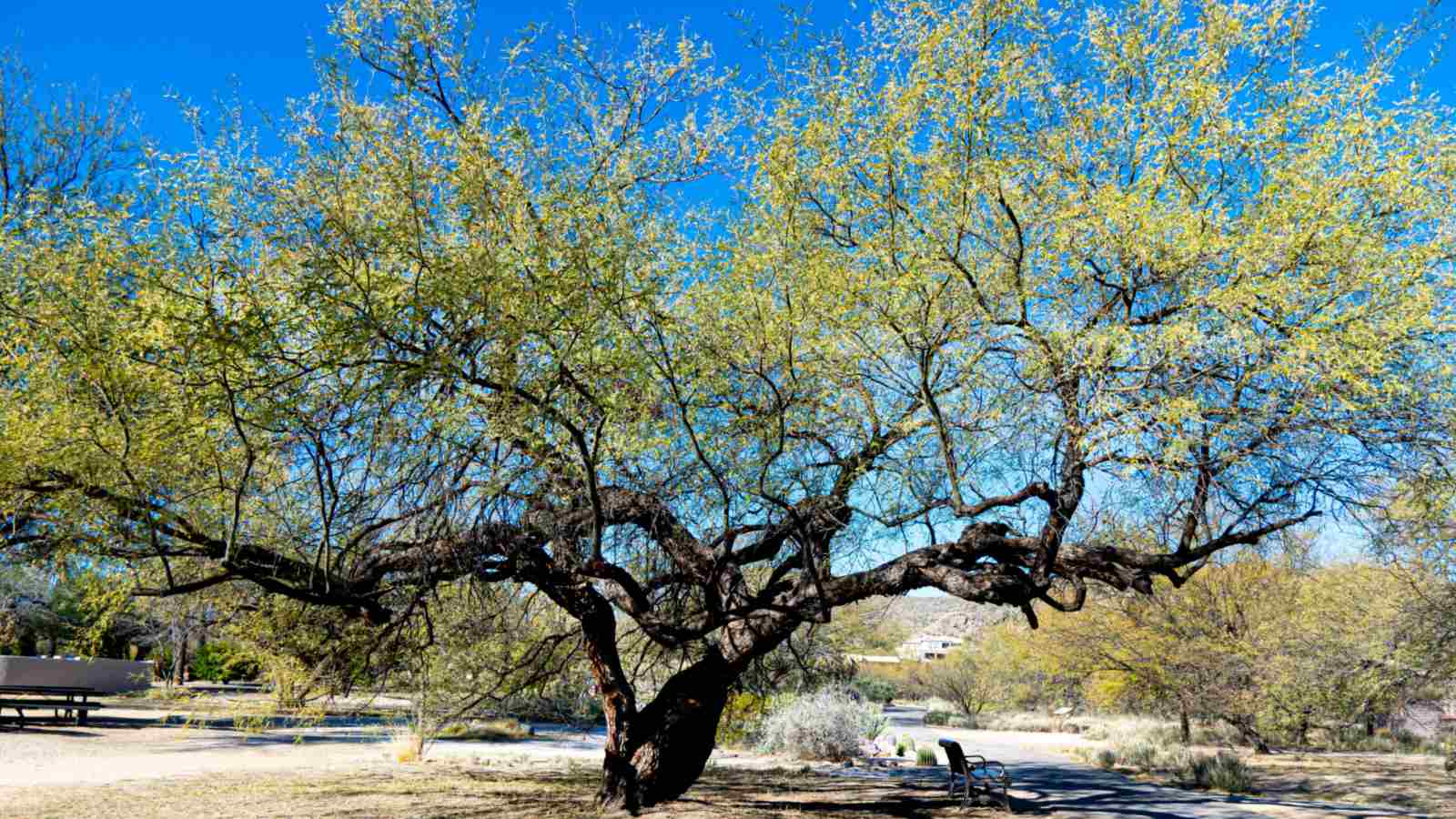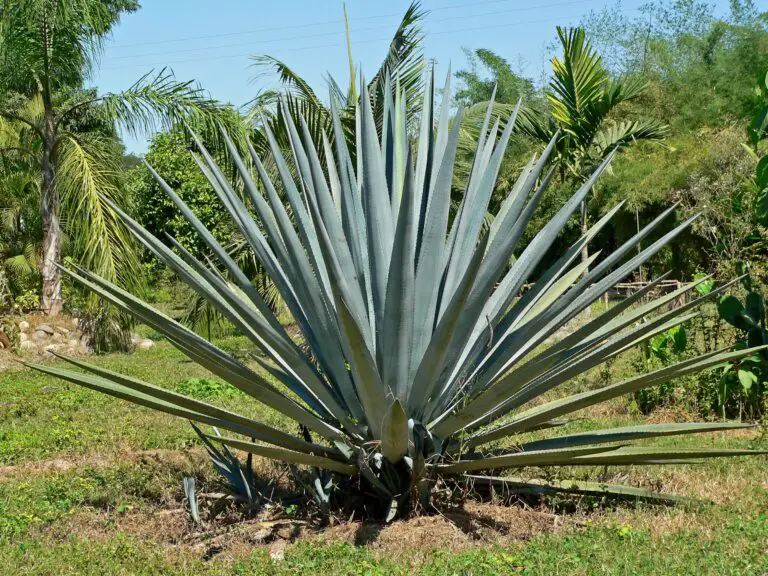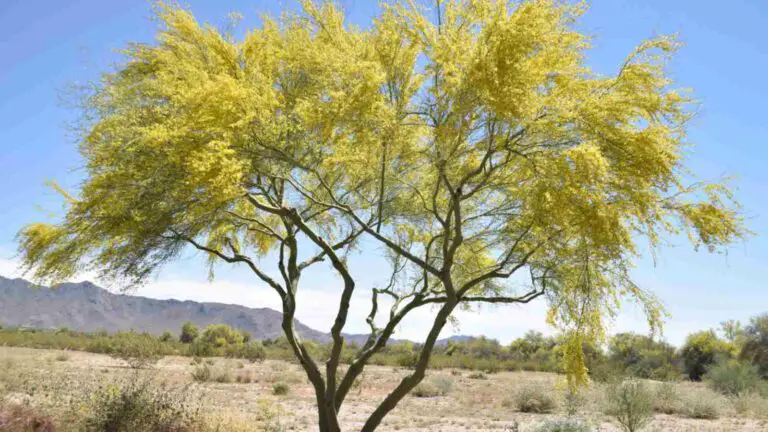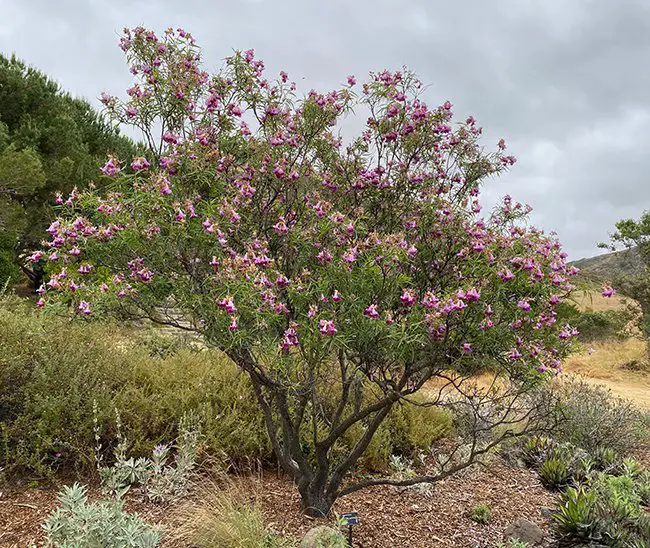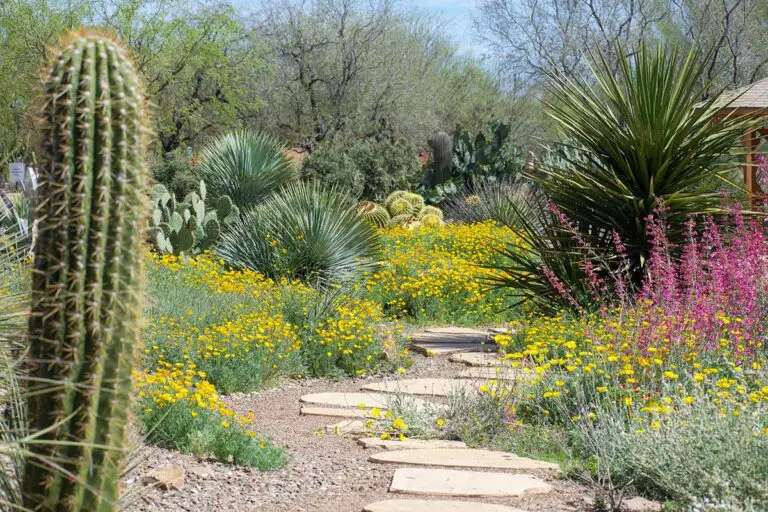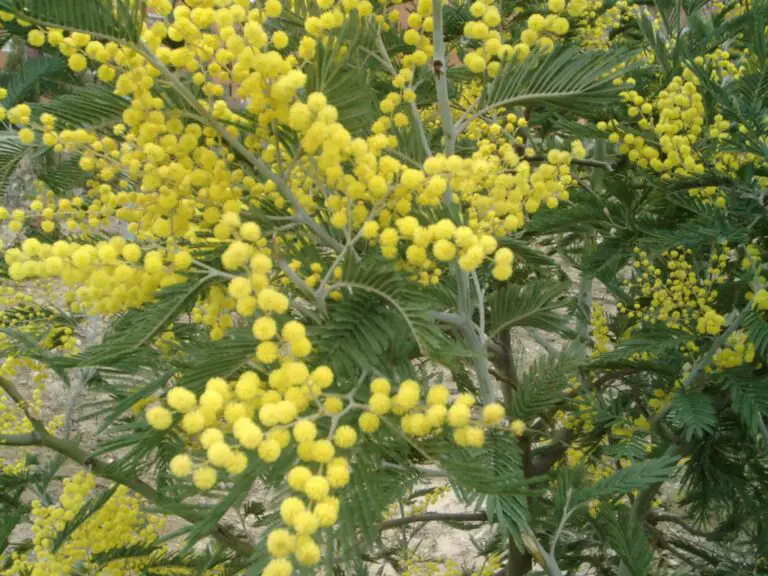Drought-Defying Delight: Mesquite (Prosopis spp.) as Versatile Xerophytes for Your Garden Haven
Amidst the challenge of landscaping in water-scarce regions, the savvy gardener is turning to a group of plants known as xerophytes for solutions. Xerophytes are adapted to survive in arid environments with minimal water, making them a perfect fit for gardens that face drought conditions. One such group of plants that sits atop the roster of resilient flora is mesquite, part of the Prosopis genus.
Mesquite, commonly associated with the American Southwest and other arid regions, is gaining recognition for its ecological and practical benefits in sustainable gardening practices. With their deep taproots, long life, and useful properties, mesquite trees and shrubs represent a robust addition to any garden setting beset by water restrictions or occasional dry spells.
In this horticultural odyssey, we shall explore the nuanced charm of mesquite as resilient garden companions, unraveling their many benefits, and providing practical insight into integrating these indigenous darlings into your evolving garden oasis.
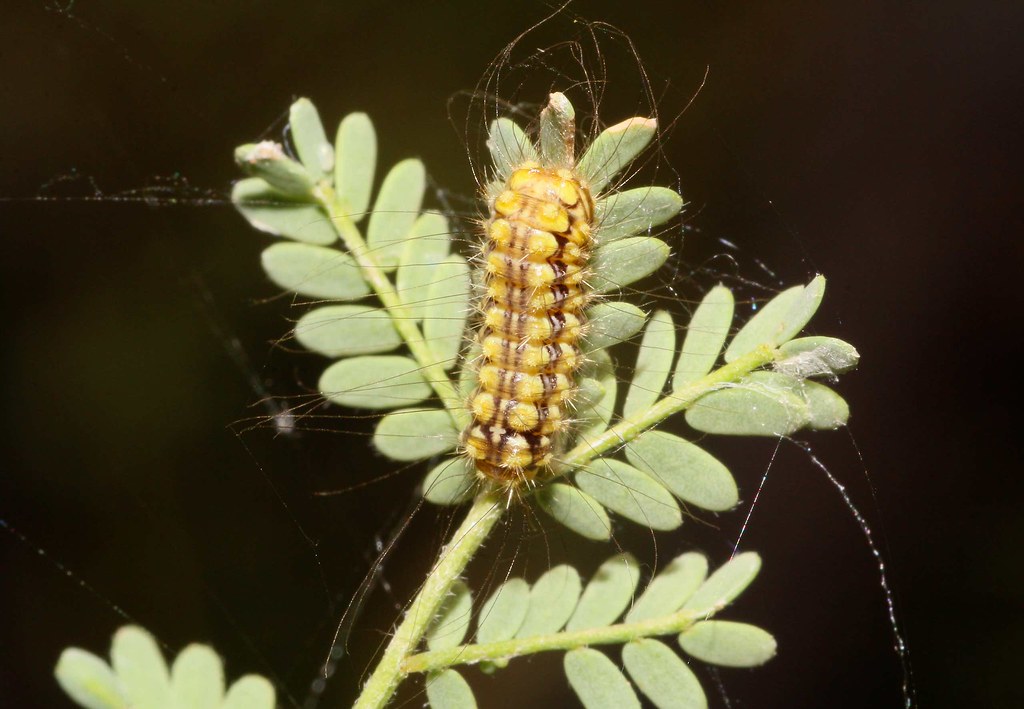
Mesquite as Xerophytes
What Defines a Xerophyte?
To understand the significance of mesquite in xerophyte gardening, it’s crucial first to grasp what a xerophyte is. A xerophyte is a plant that has adapted to survive in environments with little water. These adaptations could be morphological, such as succulence, a reduction of leaf surface area, or physiological, including the ability to tolerate extreme drought conditions. Mesquite exemplifies several of these adaptations, making them exemplary xerophytes.
The Mesquite Introduction
Mesquite belongs to the legume (Fabaceae) family and is a genus of flowering plants. Known for their hardiness, mesquite trees and shrubs are characterized by thorny branches, distinctive bean pods, and small, compound leaves that facilitate water retention. The Prosopis genus consists of around 44 species spread across the Americas, Africa, and the Middle East, each with its unique adaptations to local arid climates.
Adaptive Strategies of Mesquite
Mesquite trees are champions of water efficiency. Their ability to establish a deep root system allows them to access groundwater that is unreachable by more shallowly rooted plants. Physiologically, mesquites can tolerate high levels of salinity in the soil, a common issue in dry regions where irrigation can lead to salt buildup.
Furthermore, their leaves have evolved to be highly efficient at photosynthesis and water conservation. Mesquite is equipped with small leaflets and the ability to shed these leaves during prolonged droughts, thereby reducing the plant’s water demands while still enabling it to carry out vital life processes.
Benefits of Mesquite in Gardens
Drought Resistance and Water Conservation
In regions where water is a precious resource, the presence of mesquite in gardens significantly reduces the need for irrigation. These hardy plants can thrive on sparse rainfall, cutting down on the water requirements of the entire garden.
Soil Improvement and Erosion Control
Not only can mesquite stabilize soil through their network of roots, but they can also enrich it. Mesquite trees fix nitrogen in the soil through their symbiotic relationship with nitrogen-fixing bacteria, providing a natural fertilizer for the garden. This, combined with the fact that their fallen leaves and pods decompose to retain moisture and improve soil structure, makes them a powerful tool in the fight against erosion and desertification.
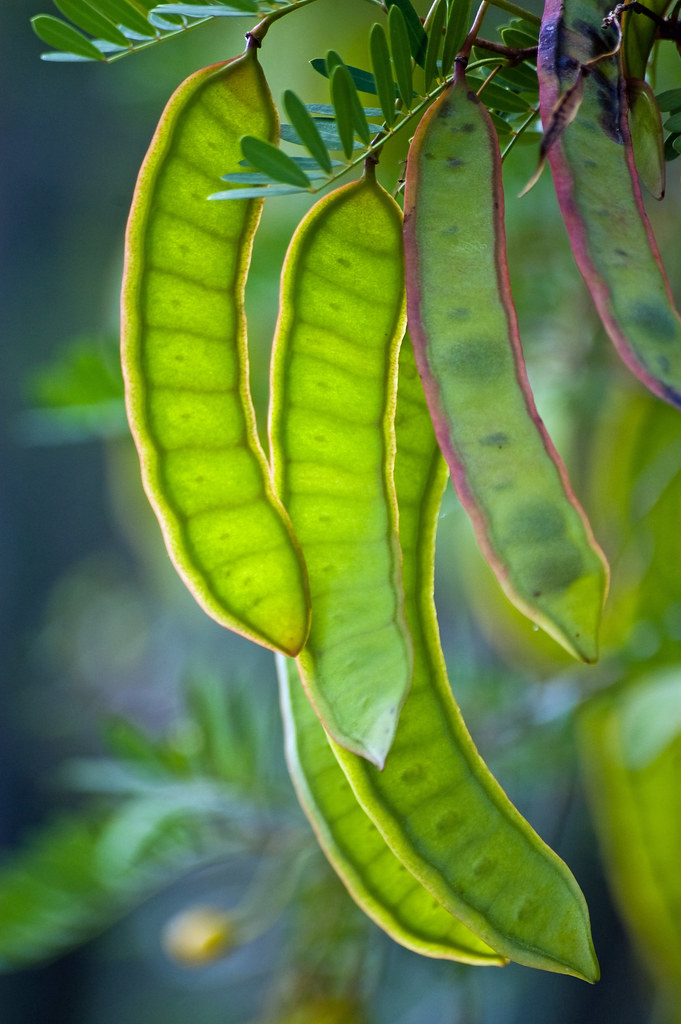
Edible and Medicinal Uses
Mesquite trees offer more than just utility in horticulture. The pods, a staple in the diets of indigenous peoples, are now recognized for their sweet flavor profile and nutritional benefits, high in protein and other vital nutrients. The pods can be milled into a nutrient-dense flour or used to produce a sweetening syrup that’s a viable alternative to processed sugars.
Medicinally, mesquite has been traditionally used to treat a variety of ailments. It’s believed that mesquite can offer benefits in diabetes management due to its low glycemic index and its potential to improve insulin sensitivity.
Wildlife Habitat and Biodiversity Support
The robust mesquite ecosystem in a garden setting provides a supportive habitat for a range of wildlife. Birds, as well as small mammals, are attracted to the shelter and food that mesquite trees offer, enhancing the biodiversity of your garden and its surroundings.
Growing Mesquite in Your Garden
Best Practices for Planting and Maintaining Mesquite
Mesquite prefers well-drained soil and plenty of sunshine. When planting, it’s important to ensure that the young mesquite tree is given enough space to accommodate its potential size, which can range from 15 to 30 feet in height and width, depending on the species. Mesquites are also relatively low-maintenance once established, with minimal fertilizer or water requirements.
Companion Planting Ideas for Mesquite
In permaculture, companion planting is a strategy used to optimize the use of space, increase crop yield, control pests, and enhance the health of mesquite or other plants. Suitable companion plants for mesquite include those with similar water and sunlight needs, like agaves, yuccas, and other drought-tolerant species, which can create a beautifully synergistic and sustainable garden enclave.
Harvesting and Utilizing Mesquite Pods
When mesquite pods turn a dark brown color and begin to dry on the tree, it’s a signal that they are ready for harvest. Once collected, the pods can be ground into flour using a food processor or a blender. This flour can be used in baking, as a thickening agent in recipes, or even stirred into drinks for added nutrition and flavor. The syrup, made from boiling the pods, can be used as a sweetener for various foods and beverages.
Conclusion
Mesquite trees and shrubs are not just guardians of the arid lands they’re native to, but also versatile allies for garden aficionados in regions facing water scarcity. Their ecosystem services, combined with their aesthetic and culinary appeal, render them truly exceptional assets for any gardener with an eye for sustainability and innovation.
By harnessing the unique benefits of mesquite, you’re not only crafting a resilient and resourceful garden but also contributing to the broader effort of water conservation and land rehabilitation. The call to action is clear—integrate mesquite into your garden plans, and witness the transformation of your landscape into a haven that defies the odds of drought.
Are you ready to explore the delights of xerophyte gardening with mesquite by your side? The promise of a thriving garden oasis, even in the face of dry spells, is just a plant away.
